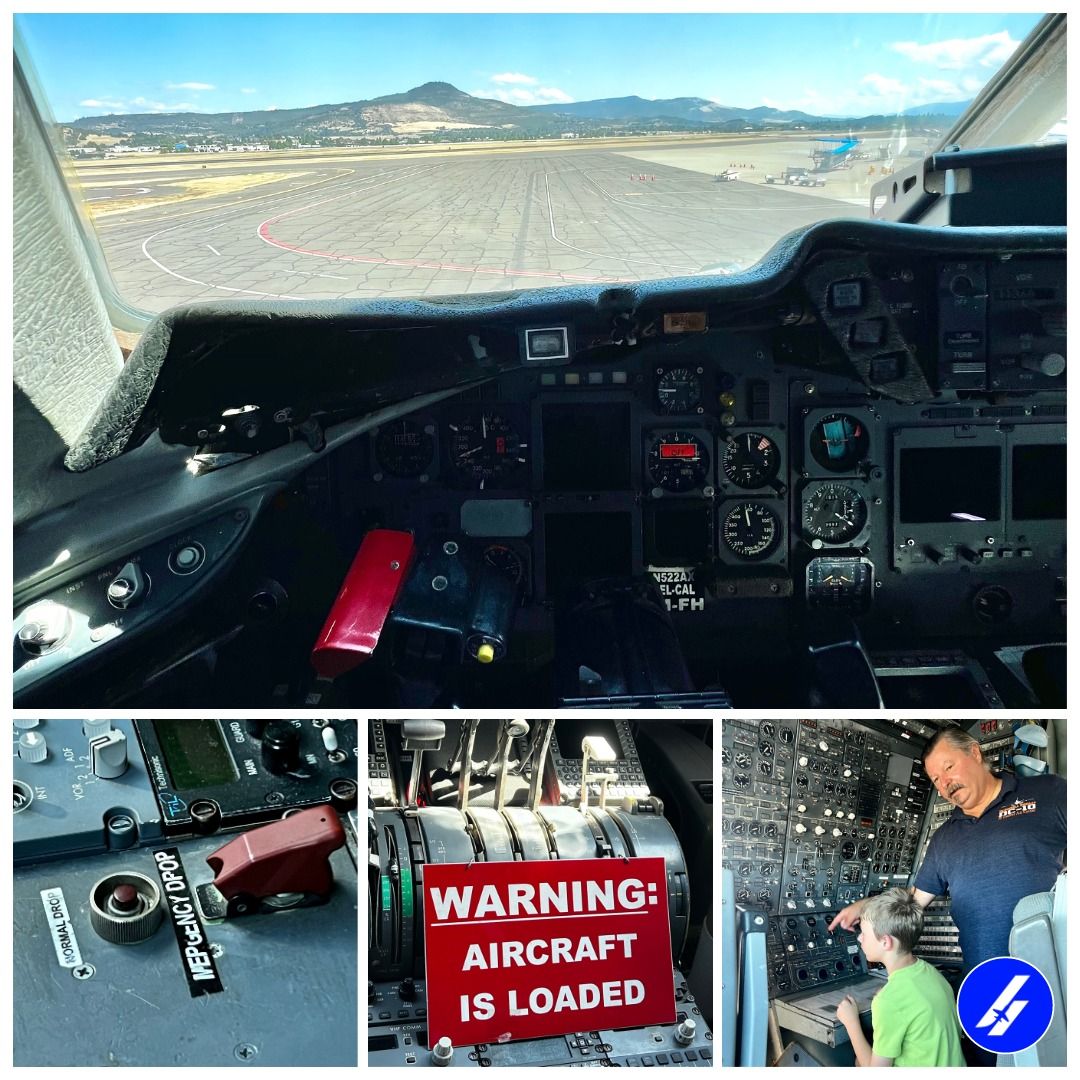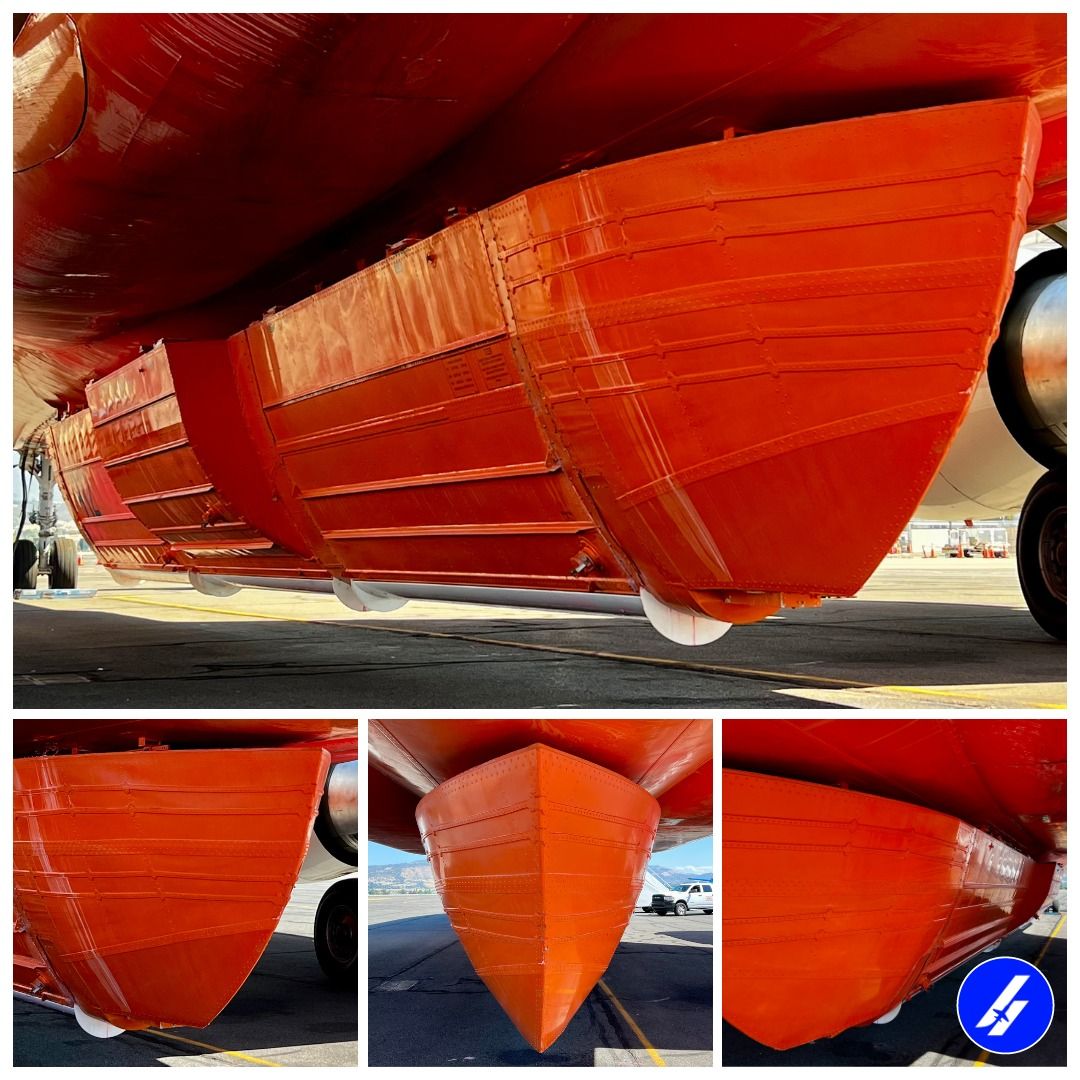Inside Look at Tanker 912: A Crucial Asset in Large-Scale Wildfire Combat
Defined by their enormous payload capacities, VLATs are crucial in large-scale firefighting operations.

Today, we got an up-close look at Tanker 912, a Very Large Air Tanker (VLAT) piloted by Captain Smithley of 10 Tanker Air Carrier. Defined by their enormous payload capacities, VLATs are crucial in large-scale firefighting operations. Tanker 912 has been particularly active this summer, making precision drops of fire retardant over wildfires in Southern Oregon and Northern California. It's the largest type of air tanker deployed in our area, and we extend our gratitude to the Captain Smithley for sharing his expertise.

10 Tanker Air Carrier operates four McDonnell Douglas DC-10-30 Super Tankers, each specialized for aerial firefighting. Tanker 912, registered as N522AX, joined the 10 Tanker fleet in August 2014.

The aircraft features a complex tank system for carrying fire retardant. The tanks are positioned in the forward and aft fairing sections of the fuselage. Specifically, Tank #1 and Tank #3, in the forward and aft fairings respectively, hold 2,700 gallons each. The central Tank #2 can carry 4,000 gallons. Combined, these tanks allow the aircraft to transport a staggering 9,400 gallons of retardant, weighing around 84,600 pounds.

Inside the cockpit, a trio of seasoned aviators manage the flight. The Pilot in Command (Captain) occupies the left seat for optimal visibility during left-hand turns over fire zones. The Second in Command handles tasks like radio communication and navigation, while the Flight Engineer monitors all aircraft systems and prepares for retardant release.

What sets Tanker 912 apart is its large payload capacity. Unlike smaller air tankers, it can cover a wider area with retardant in a single pass, which is invaluable in controlling expansive, fast-spreading wildfires.
The aircraft can cruise at speeds of 300 to 350 knots and has the capability to release its entire retardant payload in just four seconds. During this operation, it maintains an altitude of 200 to 300 feet and executes the drop at around 140 knots. After completing the mission, the plane returns to base at a speed of 380 knots.

A specialized ground team of seven ensures that the aircraft is mission-ready. They're aided by a truck loaded with spare parts and specialized tools for rapid repairs. With a takeoff weight range of 390,000 to 420,000 pounds, including a full retardant load and a minimum of 2.5 hours of fuel, 10 Tanker Air Carrier remains a key asset in combating wildfires.
